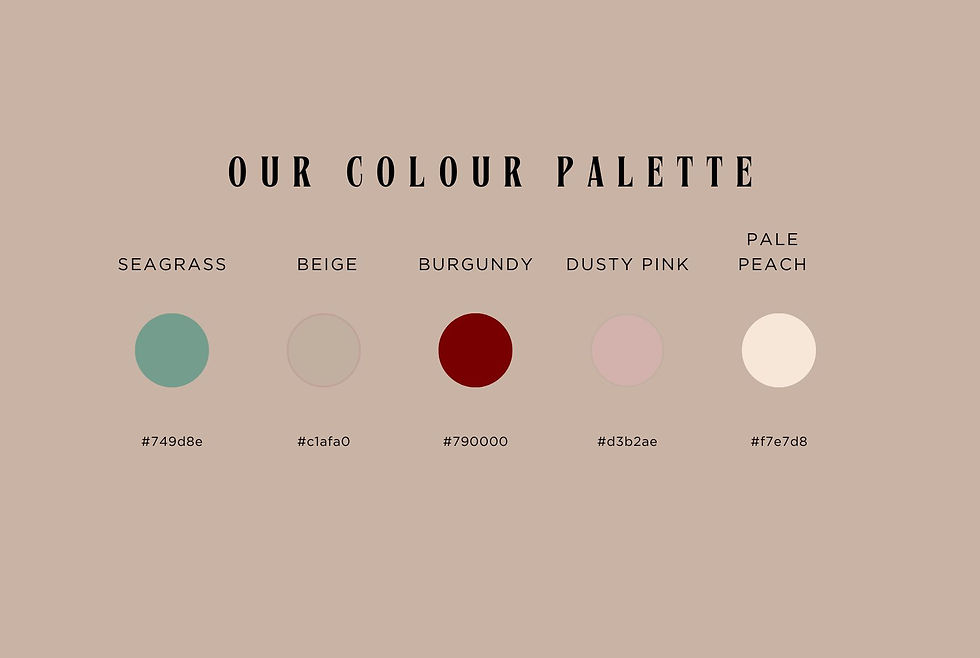Do you need a Brand Book for your business?
- somesthlm
- Mar 29
- 2 min read
Establishing a strong foundation for your brand is essential when there is such a competitive market. A brand book is the key to maintaining consistency and clarity. Here’s why we think it is important for every business.

So, what is a brand book?
A brand book is a document that defines how you want your brand to be presented. It outlines the visual and verbal identity of your company, ensuring that everyone understands how to communicate your brand consistently.
A brand book defines your identity and tells the world
📌 Who you are
📌 What you stand for
📌 How you communicate
Why you will benefit from a brand book
It is a gift that keeps on giving. A brand book is not just a set of rules, it's a strategic tool that helps shape your company's personality, message and visual presence. Without one, businesses risk inconsistency and confusion. With one, you create a strong, memorable identity that resonates with customers.
Consistency across all channels - whether it's your website or social media a brand book ensures that your brand looks and sounds the same everywhere.
Stronger brand identity - it helps establish a recognisable brand that customers can trust and connect with.
Efficient communication - with clear guidelines, you can create content that aligns with your brand, saving time and avoiding inconsistencies.
Scalability & growth - as your business expands, a brand book ensures your brand remains strong and adaptable.

How to create a brand book
A great brand book should cover all the essential elements of your brand’s identity. Here’s what you could include.
1. Mission & vision
Mission statement: What is the purpose of your brand? What problems do you solve?
Vision statement: Where do you see your brand in the future? What are your long-term goals?
2. Target audience
Define who your customers are, what their needs are and how your brand serves them. Understanding your audience helps create messaging and visuals that resonate with them.
3. Logo usage
Show variations of your logo and explain where and how to use it, including spacing, size and background rules.
4. Colour palette
Define your brand’s colours and ensure they are used consistently across all materials.
5. Typography & fonts
Specify which fonts should be used for headings, body text and special elements - consistent typography strengthens brand recognition.
6. Tone of voice & messaging
Define how your brand communicates, is it formal or casual, playful or serious?
Include examples of preferred phrasing and key words.
7. Imagery & graphics
Outline the types of photos, illustrations and icons that match your brand’s aesthetic.

Need help creating a brand book?
At SoMe Agency, we specialise in helping businesses find their voice and identity to build strong, recognisable brands. We create custom brand books tailored to your brand, ensuring consistency, professionalism and long-term success.
Want to build a brand that stands out? We start with a discovery call!
.png)




Comments